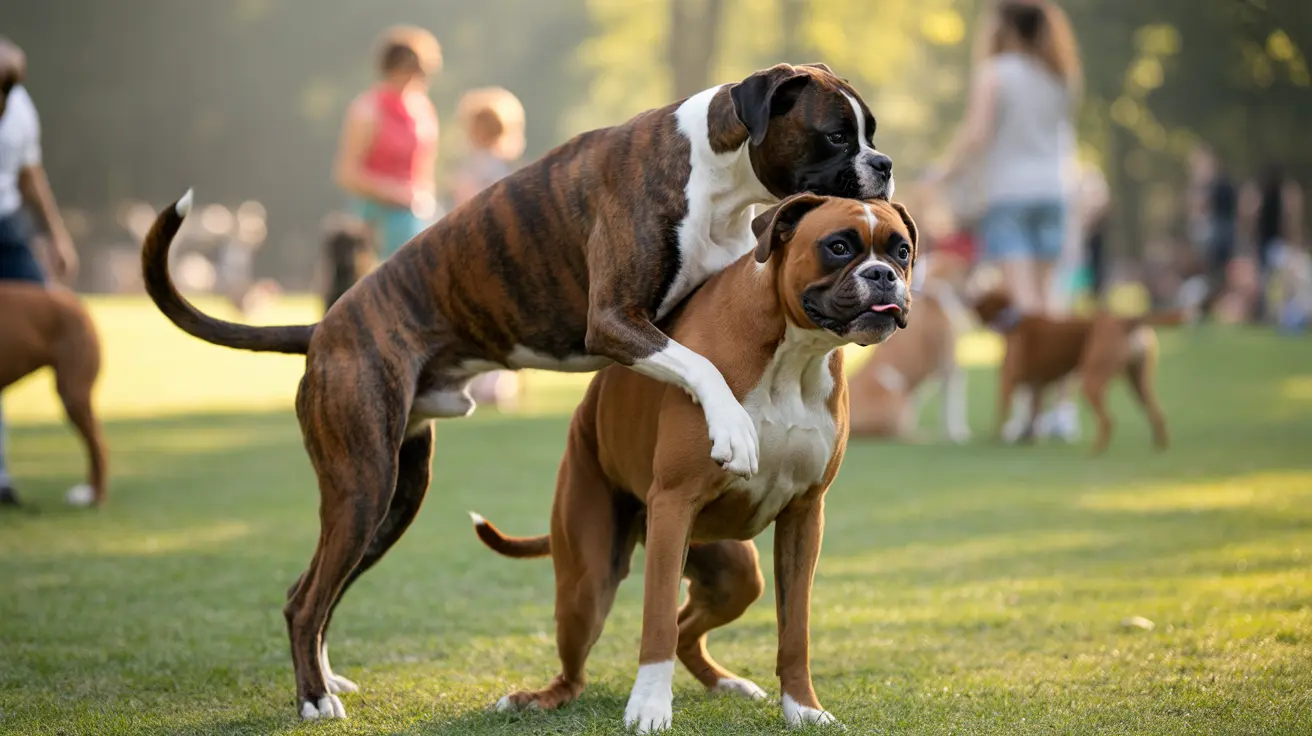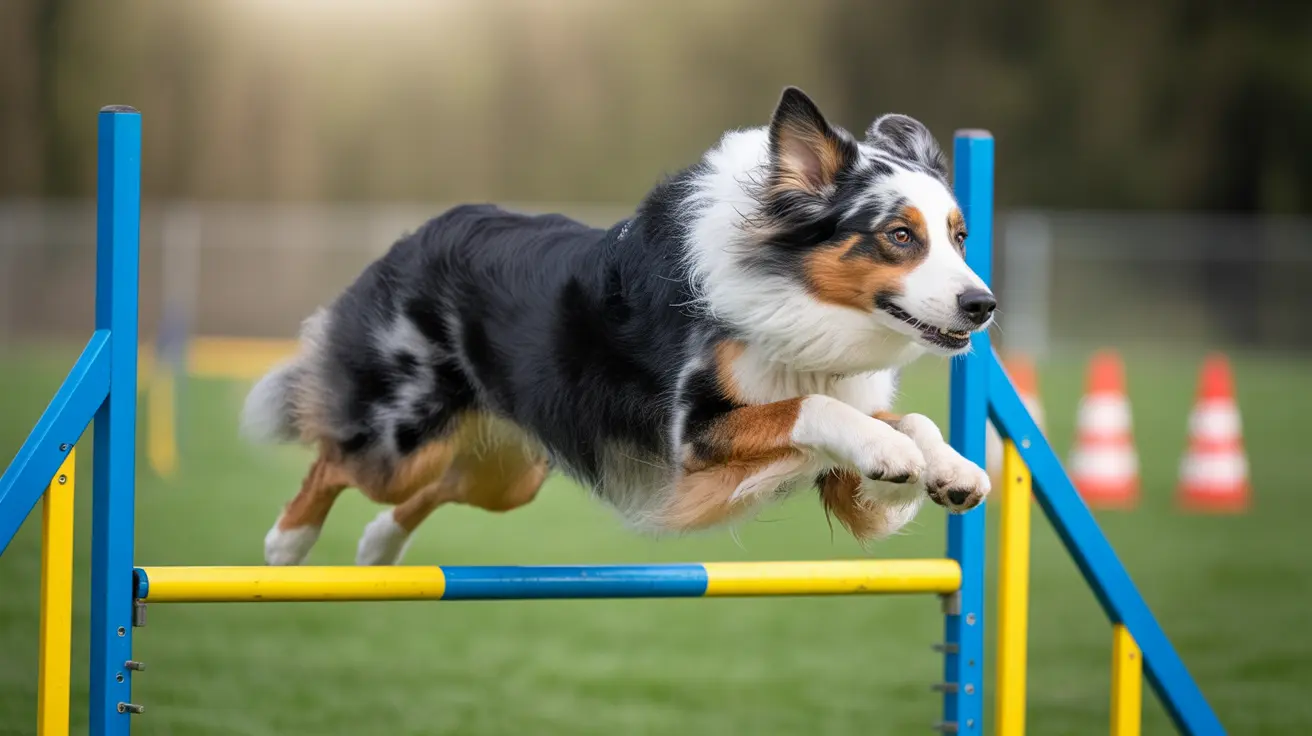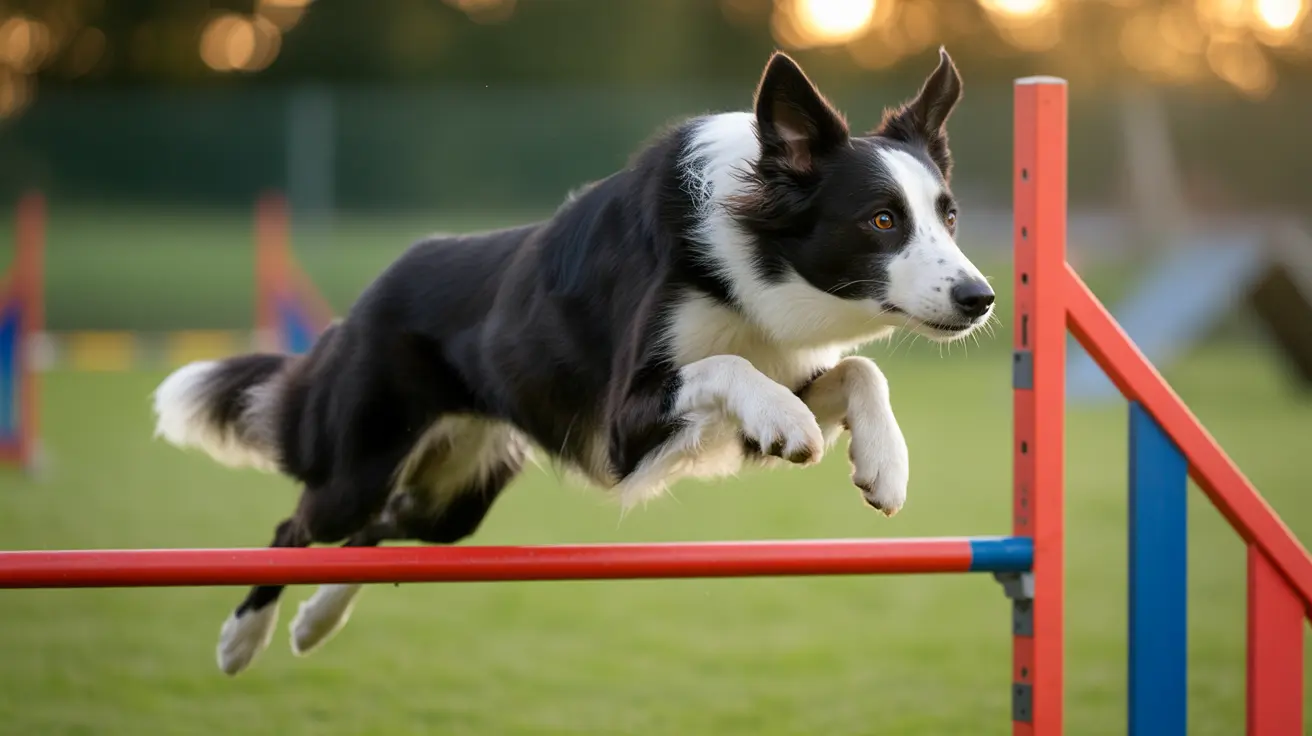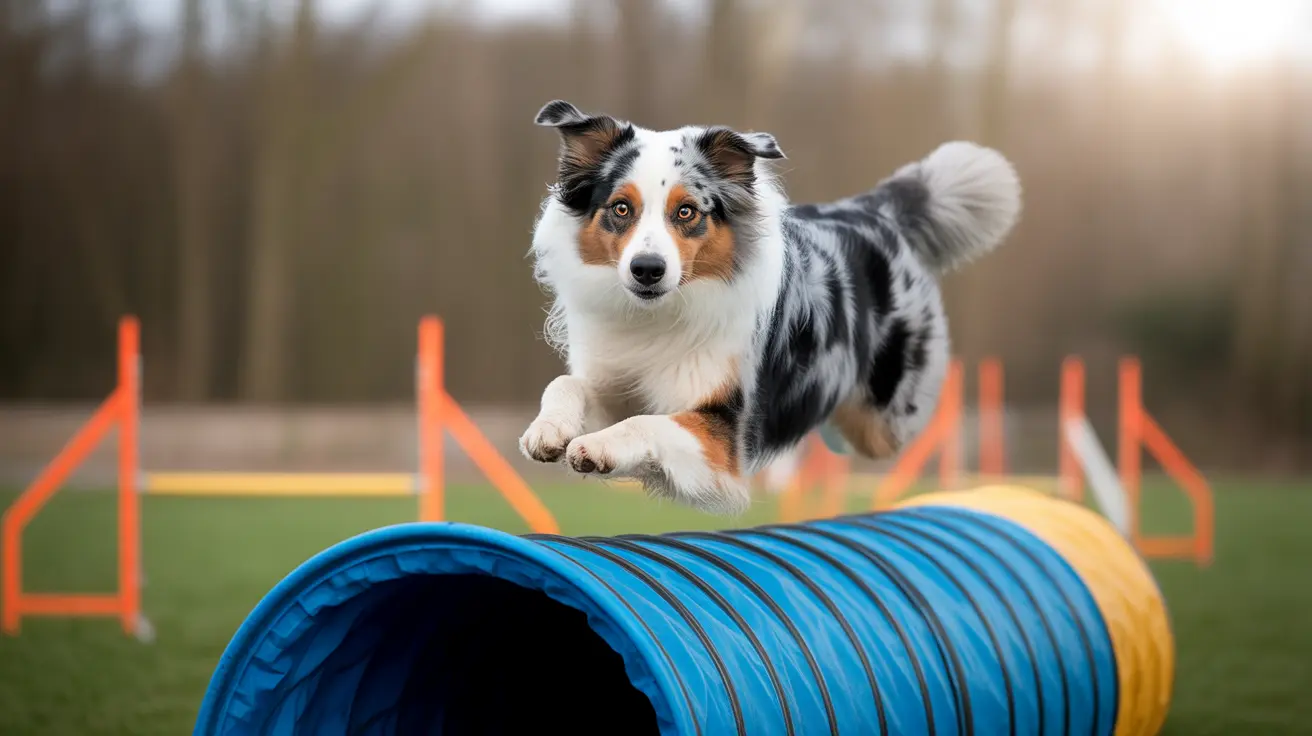If you've ever witnessed male dogs humping other male dogs, you might have found yourself puzzled by this seemingly contradictory behavior. While it may appear unusual to human observers, this action is actually quite common in the canine world and serves multiple purposes beyond what most people assume. Let's explore the various reasons behind this natural dog behavior and understand when it might signal a need for attention.
Understanding why male dogs hump other males requires looking beyond simple explanations of dominance or mating behavior. This complex social interaction can stem from various emotional, physical, and behavioral factors that are perfectly normal in the dog world.
The Role of Hormones and Sexual Development
While not always sexually motivated, hormones do play a significant role in male dog humping behavior, especially in younger, unneutered dogs. During sexual maturity, typically between 6-24 months of age, male dogs experience hormonal surges that can increase mounting behaviors, regardless of the target's gender.
Even after neutering, some dogs may continue this behavior, as it becomes a learned response independent of hormonal influences. This explains why even fixed males might engage in mounting behavior with other male dogs.
Social and Play-Based Motivations
Contrary to popular belief, male dogs often hump other males as part of normal social interaction and play. This behavior can start as early as 3-6 weeks of age, long before sexual maturity. During play sessions, mounting may occur when dogs become overly excited or stimulated.
Dogs may use this behavior to test social boundaries, initiate play, or simply as a way to release excess energy. It's particularly common in high-energy environments like dog parks or during exciting social gatherings.
Stress and Anxiety Expression
Sometimes, male dogs mount other males as a response to stress or anxiety. This behavior can serve as a coping mechanism when dogs feel overwhelmed, uncertain, or overstimulated. Common triggers include:
- New environments or situations
- Meeting unfamiliar dogs
- Changes in household routine
- Excessive excitement or stimulation
- Anxiety-producing events like thunderstorms
Medical Considerations and Warning Signs
While most humping behavior is behavioral, sometimes it can indicate underlying medical issues. Problems that might trigger increased mounting behavior include:
- Urinary tract infections
- Skin irritations or allergies
- Hormonal imbalances
- Neurological issues
- Prostate problems
How to Manage Male Dog Humping Behavior
If your male dog's humping behavior becomes excessive or problematic, there are several effective management strategies:
- Redirect attention to appropriate activities
- Provide regular exercise and mental stimulation
- Practice consistent training and positive reinforcement
- Consider professional behavioral training
- Ensure proper socialization opportunities
Frequently Asked Questions
Why do male dogs hump other male dogs if it's not always about mating?
Male dogs hump other males for various reasons, including play, stress relief, social interaction, and excitement. This behavior is often non-sexual and serves as a way to release energy or cope with various emotions.
Is humping between male dogs a sign of dominance, or is there another reason?
While dominance can play a role, it's often not the primary reason. Male dogs frequently hump other males due to excitement, playfulness, stress, or overstimulation. The behavior is more commonly linked to emotional state than dominance.
How can I tell if my dog's humping behavior is playful, hormonal, or a sign of stress?
Observe the context and your dog's body language. Playful humping often occurs during excited play sessions with relaxed body language. Stress-related humping may be accompanied by other anxiety signs like panting or pacing. Hormonal behavior tends to be more persistent and may occur in various situations.
Should I stop my male dog from humping other male dogs, and if so, how?
If the behavior becomes excessive or causes social conflicts, redirect your dog's attention to more appropriate activities. Use positive reinforcement training, provide alternative outlets for energy, and consider professional training if the behavior persists.
When should I be concerned about my dog's humping behavior and consider a vet visit?
Consult a veterinarian if the behavior suddenly increases, becomes compulsive, or is accompanied by other symptoms like excessive licking, discomfort, or changes in urination habits. These could indicate underlying medical issues requiring attention.
Remember that while male dog humping behavior can sometimes be concerning for owners, it's often a normal part of canine social interaction. The key is understanding when it's problematic and requiring intervention versus when it's simply part of natural dog behavior.






